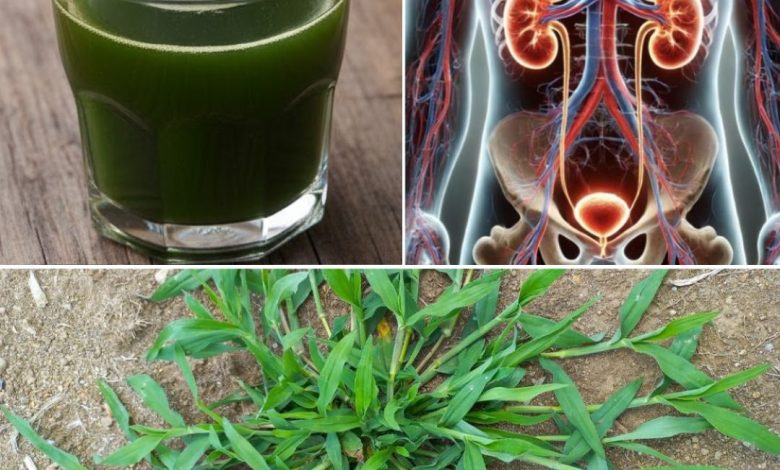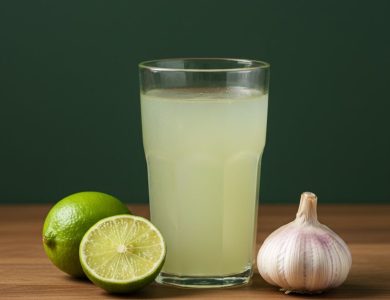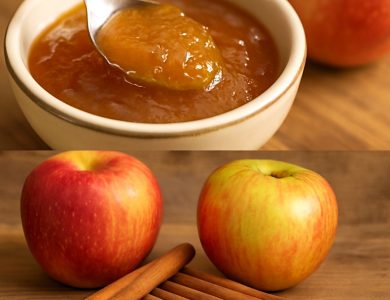Crabgrass: A Backyard Weed with Surprising Health and Nutritional Benefits

rabgrass, often dismissed as an invasive backyard weed, is actually a hidden gem in the plant world. Packed with nutrients and health benefits, this unassuming plant has been used for centuries in traditional medicine and as a natural food source. Let’s uncover the surprising ways crabgrass can enhance your health and nutrition.

What is Crabgrass?
Crabgrass (scientifically known as Digitaria) is a fast-growing, hardy grass that thrives in warm climates. While it’s notorious for taking over gardens and lawns, few people realize its potential as a nutritious and medicinal plant.
Nutritional Benefits of Crabgrass
- Rich in Vitamins and Minerals:
Crabgrass seeds are a source of essential nutrients like:- Iron: Boosts red blood cell production and prevents anemia.
- Calcium: Supports strong bones and teeth.
- Magnesium: Promotes muscle and nerve function.
- High in Protein:
Crabgrass seeds contain a surprising amount of protein, making them a great option for those looking to incorporate more plant-based protein into their diets. - Gluten-Free Grain Alternative:
The seeds of crabgrass can be ground into flour and used as a gluten-free alternative in baking and cooking, ideal for people with gluten sensitivities or celiac disease. - Dietary Fiber:
Crabgrass is rich in fiber, aiding digestion and promoting gut health.
Health Benefits of Crabgrass
- Supports Digestive Health:
The fiber content in crabgrass helps maintain a healthy digestive system by preventing constipation and promoting regular bowel movements. - Anti-Inflammatory Properties:
Traditional medicine has used crabgrass to reduce inflammation, making it useful for conditions like arthritis. - Natural Detoxifier:
Crabgrass has been used to detoxify the body, supporting liver health and aiding in the removal of toxins. - Boosts Energy:
The combination of protein, fiber, and essential nutrients makes crabgrass a natural energy booster, perfect for active lifestyles.
How to Use Crabgrass in Your Diet
- Crabgrass Flour:
Harvest and grind crabgrass seeds into a fine flour. Use it as a base for gluten-free bread, pancakes, or muffins. - Crabgrass Tea:
Boil fresh crabgrass leaves in water to create a detoxifying herbal tea. Add honey for a touch of sweetness. - Crabgrass Greens:
Young crabgrass shoots can be added to salads or sautéed as a side dish. Their mild, grassy flavor pairs well with garlic and olive oil. - Porridge or Stews:
Use crabgrass seeds as a substitute for quinoa or millet in porridge or hearty stews.
Sustainability and Accessibility
Crabgrass is incredibly sustainable:
- It grows quickly with minimal water and care.
- It can thrive in poor soil, making it an accessible food source in areas with challenging farming conditions.
- Its resilience to pests reduces the need for chemical pesticides.
Precautions
While crabgrass is generally safe to consume, ensure you harvest it from areas free of pesticides and pollutants. Wash thoroughly to remove dirt and contaminants before use.
A Superfood in Disguise
Crabgrass might not win any awards for garden appeal, but its nutritional and health benefits make it a superfood in disguise. By incorporating crabgrass into your diet, you can enjoy its rich nutrients, support sustainable living, and rediscover the value of nature’s often-overlooked resources.
Start looking at this “weed” in a whole new light—your backyard may just be hiding your next superfood!





